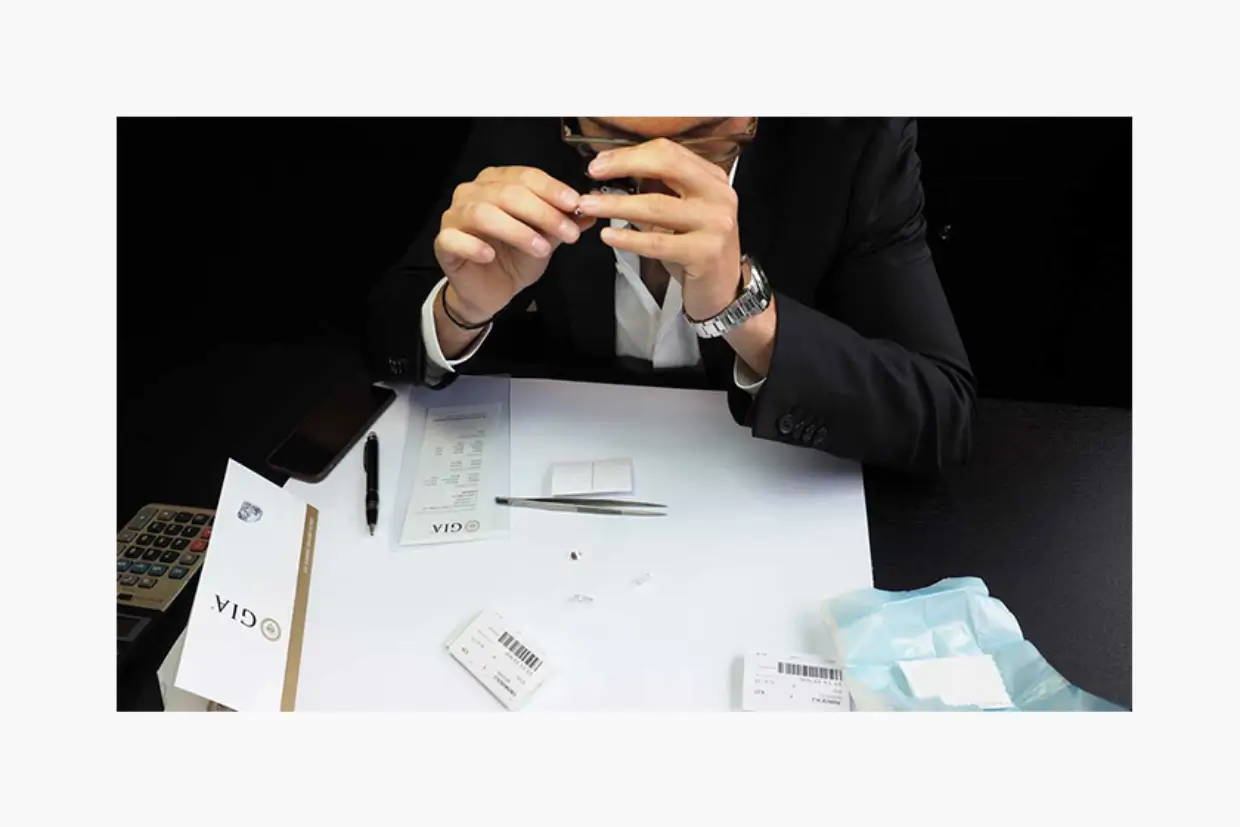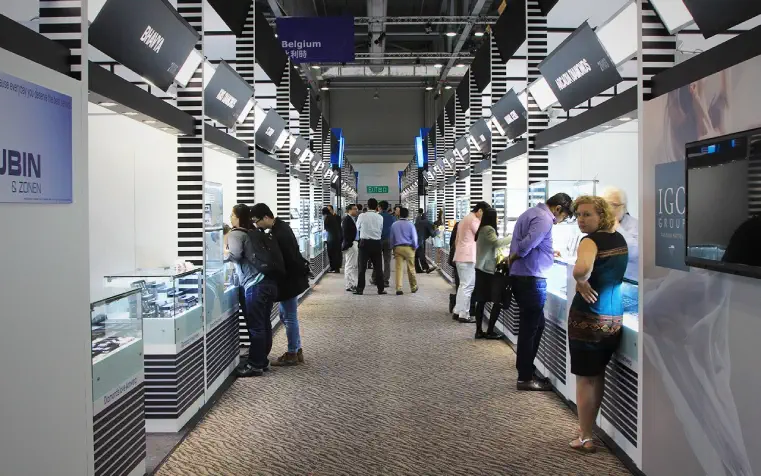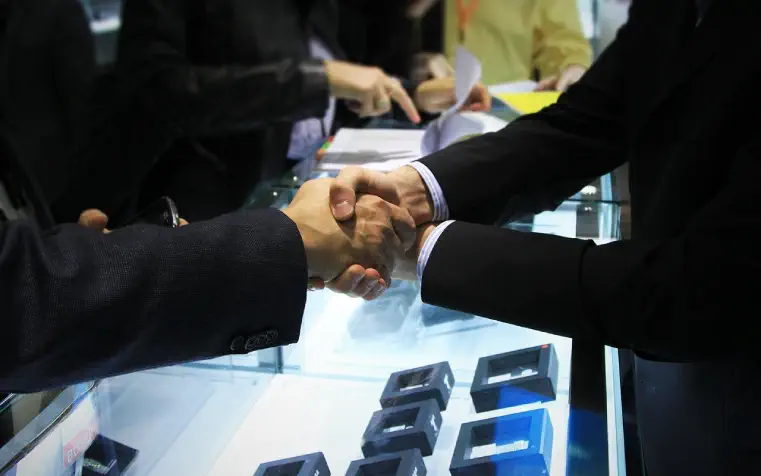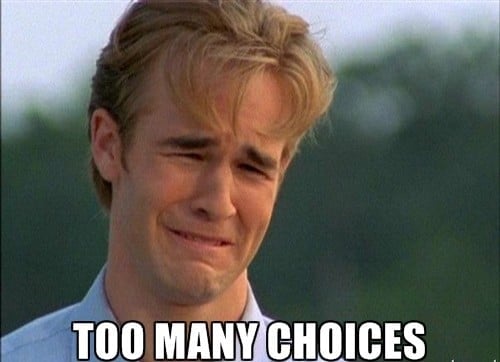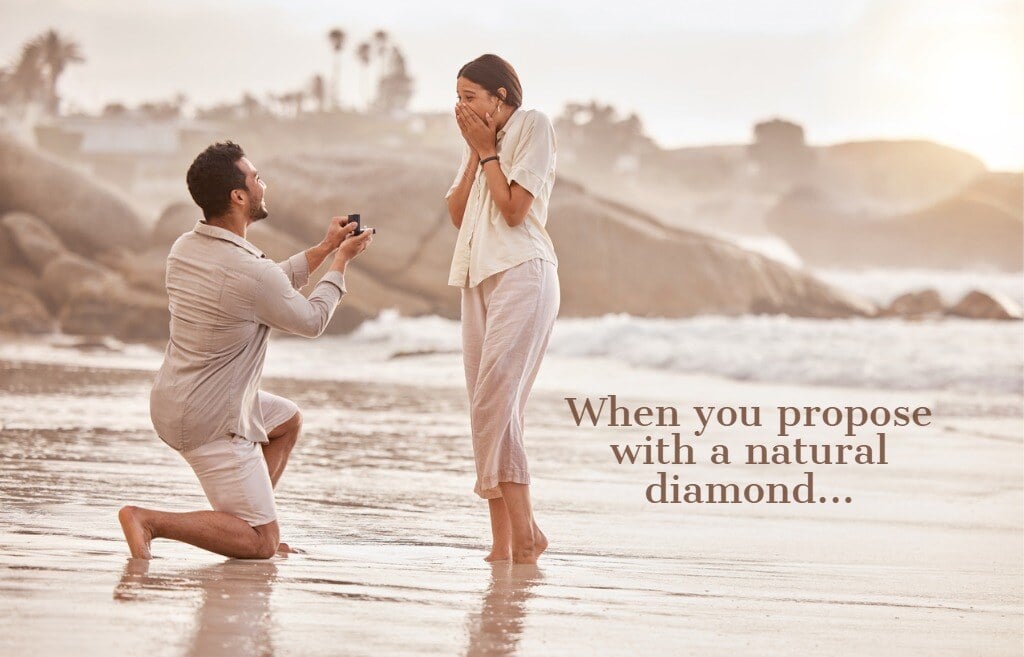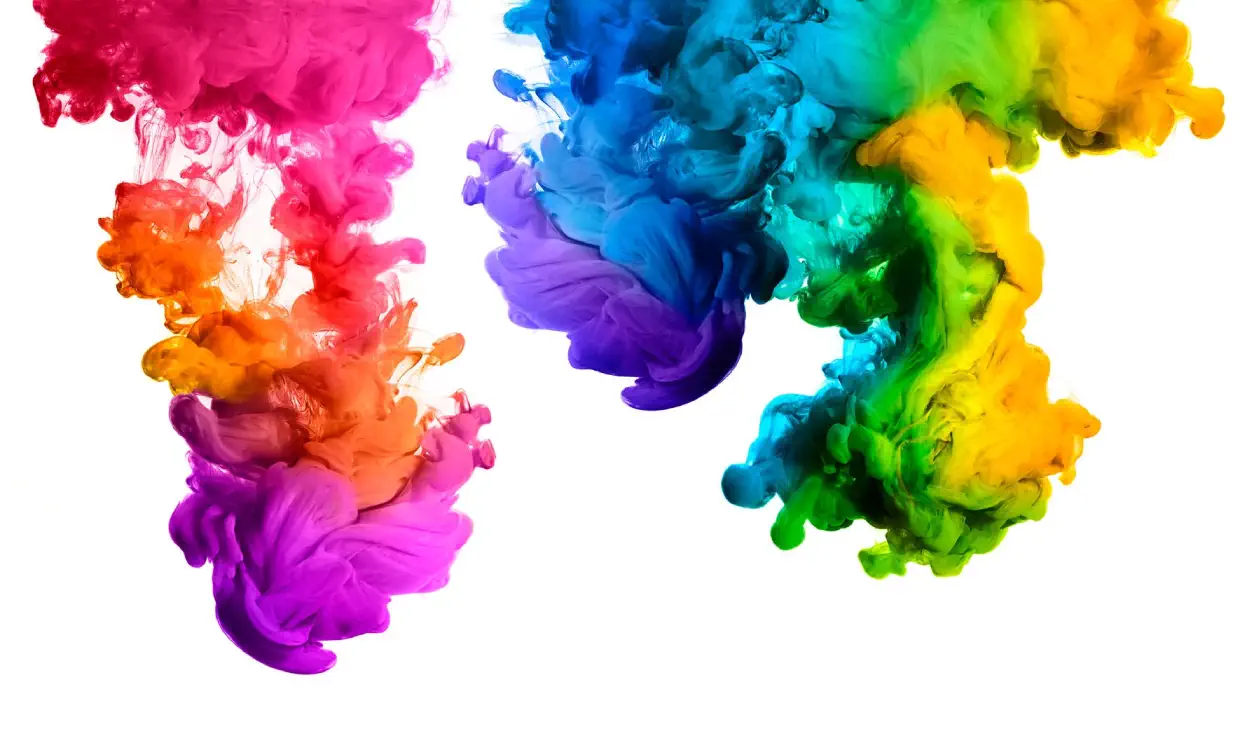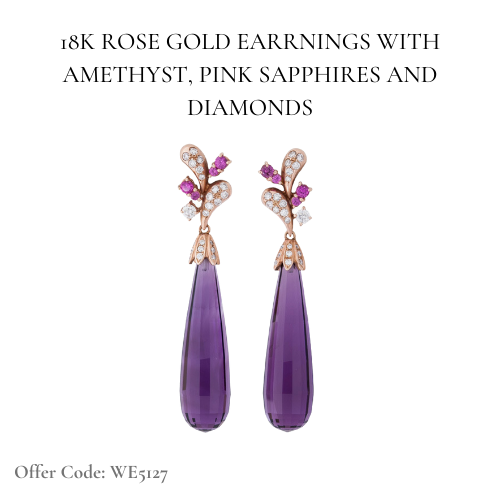So who should help us choose?
Surprising to most, the above picture is a genuine first interaction of many diamond traders at a trade show. The level of intimacy and deep relationships that can span up to twenty-thirty years means your diamond has more than just a price, a certificate and a grade attached to it. It means your diamond has been nurtured with respect and been passed on by careful hands and a tremendous amount of trust.
The importance of relationships in this business is unparalleled. Although all businesses rely on solid relationships between suppliers, customers and other stakeholders, the relationships within the diamond industry are deep rooted in generations that are privy to intimate family details, even as specific as the allergies of each other’s children. This characteristic of the industry relationships is also important in the relationships with our customers, and for an individual, the relationship with your jeweller is akin to that of your family doctor.
In an ironic way, buying a diamond today has never been so easy, yet so difficult, but that is where tradition, trust and faith in your jeweller becomes an increasingly important factor.
your local jeweller can help you identify the flaws in a diamond and guide you to accept the flaws at a cost. In love and marriage that cost is compromise. With diamonds that cost is monetary
Wearing a diamond has a powerful emotional significance. For many people, their first diamond purchase is synonymous with their first true love and commitment to a spouse. The wonderful thing about commitment to a loved one and love itself is the very acceptance of the other’s inherent flaws, and like a priest at the altar, your diamond dealer or local jeweller can help you identify the flaws in a diamond and guide you to accept the flaws at a cost. In love and marriage that cost is compromise. With diamonds that cost is monetary.
It’s all about trust
Purchasing a diamond is actually not easy, so who should you trust when buying a diamond?
It’s quite simple - you have to trust the institution you ultimately purchase from. Unlike the myriad of articles that exist out there explaining all the parameters of the ‘perfect’ diamond and how to get the best ‘value’ for your money in terms of the 4Cs, I’ve spent the last eight minutes addressing the true reason why you as the consumer find it difficult to purchase a diamond. If you’re more concerned with the former, I haven’t forgotten about you either.
It all comes down to the paradox of choice concept and the diminishing pool of true diamond experts in the world. What’s lacking today is not information or price transparency, it’s quite the opposite actually. Because of scrutiny and negative sentiments recently attached to the diamond industry, what’s lacking today is consumer confidence. There are many reasons for consumers to lose trust in the industry. Out of desperation and a siege mentality, the industry has responded with a slate of cheap marketing tools and heavily institutionalised transparency, yet consumers still lack trust.
How can you blame them? Any person or company's reputation is only as good as their weakest link, and, in the case of the diamond industry as a whole, if someone or some company goofs up, everybody suffers in the process.
To really buy a diamond is to place trust in the institution, in the industry, and believe that your first diamond purchase isn’t just an investment in an expensive rock, but an emotional investment too. In the spirit of mazal, for us diamond people, knowing that ‘she said yes’ or ‘Mom cried with joy’ covers more than just our margins. The years of experience from countless journeys travelled by my father have now been passed down to me. They have taught me that those moments we love to share with our own families we love to share with our customers too. Those special moments in life cannot be assigned a value. So how do you really buy a diamond? With trust.
